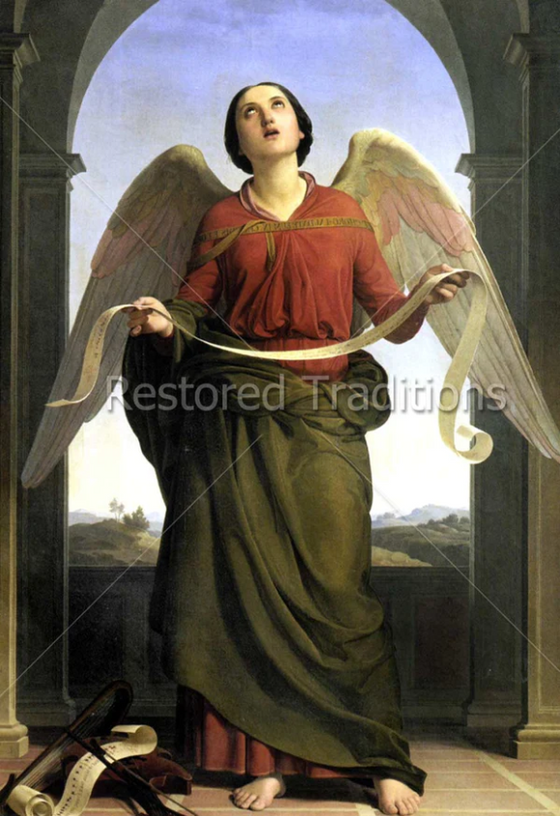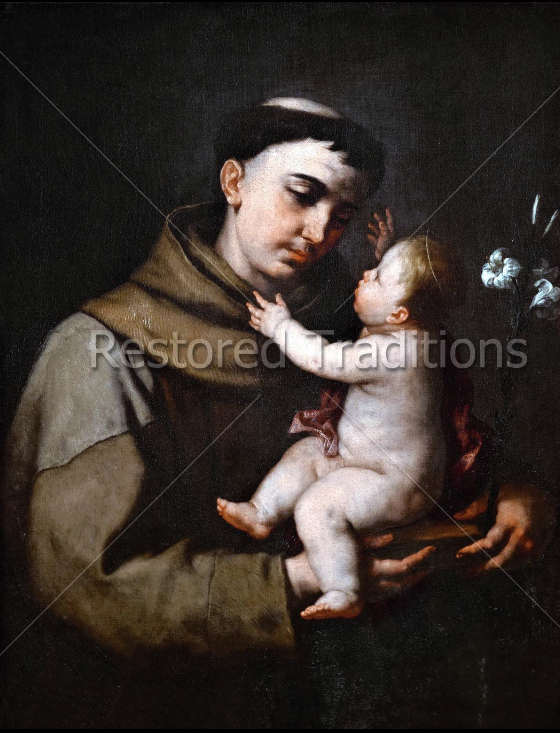Mother Mary Images: An Insight into Their Significance and Impact
1. Introduction
Mother Mary images hold a special place in the hearts of millions of believers around the world. They not only represent the mother of Jesus Christ, but also symbolize purity, compassion, and love. In this article, we'll explore the historical context of these images, the various representations of Mother Mary, their role in Catholicism, and their artistic value. Let's dive in!
2. Historical Context of Mother Mary Images
2.1. Early Christian Art
Mother Mary images have been a significant part of Christian art since the early centuries. The first depictions of her can be traced back to the catacombs of Rome, where she was often shown holding the Christ Child. As Christianity spread, the image of Mother Mary became more prevalent in art, and her role as the mother of Jesus was solidified.
2.2. Byzantine Iconography
The Byzantine Empire played a crucial role in the development of Mother Mary images. As the empire embraced Christianity, artists began creating more elaborate and intricate icons of her. The most famous of these is the Theotokos, or "Mother of God," which portrays Mary as the spiritual mother of all Christians.
3. Different Representations of Mother Mary
3.1. The Madonna and Child
The most common representation of Mother Mary is the Madonna and Child, which shows her cradling the infant Jesus. This iconic image has been reinterpreted by numerous artists throughout history, each adding their unique touch to the composition.
3.2. Our Lady of Guadalupe
One of the most well-known images of Mother Mary is Our Lady of Guadalupe. This image appeared miraculously on the cloak of a Mexican peasant named Juan Diego in 1531. It is believed that the Virgin Mary appeared to him on a hill, instructing him to build a church on the site. The image is considered a symbol of Mexican identity and is venerated by millions of people.
3.3. Our Lady of Lourdes
Our Lady of Lourdes is another famous image of Mother Mary, originating from her apparitions to a young French girl named Bernadette Soubirous in 1858. The image is characterized by her wearing a white dress and a blue sash, with golden roses on her feet. The shrine at Lourdes has become a major pilgrimage site, drawing millions of visitors each year.
3.4. Our Lady of Fatima
In 1917, Mother Mary appeared to three shepherd children in Fatima, Portugal, resulting in the creation of the Our Lady of Fatima image. She is often depicted wearing a white dress and a veil, holding a rosary. The apparitions at Fatima are considered some of the most important Marian events of the 20th century, and the image has inspired countless devotional practices.
4. The Role of Mother Mary Images in Catholicism
4.1. Veneration
Mother Mary images play a crucial role in the veneration of the Virgin Mary within the Catholic Church. They serve as a reminder of her importance as the mother of Jesus, her intercessory role, and her example of holiness. Many Catholics turn to these images as a source of comfort and inspiration, as well as a means to connect with the divine.
4.2. Devotional Practices
Mother Mary images are central to various devotional practices, such as praying the Rosary, celebrating the Feast of the Immaculate Conception, and participating in Marian processions. These images are also used to adorn altars, churches, and homes, fostering a deeper connection to the faith and a more intimate relationship with the Virgin Mary.
5. The Artistic Value of Mother Mary Images
5.1. Famous Mother Mary Paintings and Sculptures
Throughout the centuries, countless artists have been inspired to create works of art featuring Mother Mary images. Some of the most famous examples include Michelangelo's Pieta, Raphael's Sistine Madonna, and Botticelli's Madonna of the Magnificat. These masterpieces not only highlight the beauty and majesty of Mother Mary but also serve as a testament to the enduring power of her image in the world of art.
6. Conclusion
Mother Mary images have been an integral part of Christian art and devotion for centuries, showcasing the Virgin Mary's pivotal role in the faith. These images have inspired countless artists, fostered deep connections between believers and the divine, and continue to serve as a source of comfort and inspiration for millions around the world.
7. FAQs
Q1: When did Mother Mary images first appear in art?
A1: The first depictions of Mother Mary can be traced back to the early Christian art found in the catacombs of Rome. The image of Mary holding the Christ Child became more prevalent as Christianity spread.
Q2: What is the most common representation of Mother Mary?
A2: The most common representation of Mother Mary is the Madonna and Child, which depicts her cradling the infant Jesus.
Q3: What is the significance of Our Lady of Guadalupe?
A3: Our Lady of Guadalupe is a famous image of Mother Mary that appeared miraculously on the cloak of a Mexican peasant in 1531. It is considered a symbol of Mexican identity and is venerated by millions of people.
Q4: How do Mother Mary images play a role in Catholic devotional practices?
A4: Mother Mary images are central to various devotional practices, such as praying the rosary, celebrating the Feast of the Immaculate Conception, and participating in Marian processions. They also serve as a reminder of her importance in the faith.
Q5: What are some famous Mother Mary paintings and sculptures?
A5: Some famous examples of Mother Mary art include Michelangelo's Pieta, Raphael's Sistine Madonna, and Botticelli's Madonna of the Magnificat.
Comments will be approved before showing up.


Discover the Timeless Treasures of Rare Catholic Art
Immerse yourself in the rich history and spiritual depth of rare Catholic art with Restored Traditions, the premier source for digitally restored masterpieces. As an art director or creative director, you understand the power of visually compelling imagery to captivate and inspire your audience. Our extensive collection of royalty-free and copyright-free Catholic art offers you an unparalleled opportunity to elevate your projects with works of historical significance and profound beauty.
Since 2006, we have been dedicated to preserving and sharing the artistic legacy of the Catholic Church. Our team of expert digital restorers meticulously brings these rare pieces back to life, ensuring that every brush stroke and intricate detail is captured in high-resolution digital format. With over 30,000 satisfied customers worldwide, we have established ourselves as the trusted choice for those seeking authentic and impactful Catholic art.
One such masterpiece in our collection is the artwork depicting the life and legacy of St. Anthony of Padua. Born Fernando Martins de Bulhões in Lisbon, Portugal, St. Anthony’s journey from an Augustinian monk to a revered Franciscan preacher is a testament to his unwavering faith and spiritual wisdom. By incorporating the artwork of St. Anthony and other rare Catholic pieces into your designs, you can create a unique and meaningful connection with your audience.
As an art director or creative director, you have the power to shape the visual narrative of our time. Let restoredtraditions.com be your partner in telling stories that resonate with the human spirit. Explore our extensive selection of rare Catholic art today and unlock a world of inspiration and historical significance for your projects.
Joe Thomas
Author